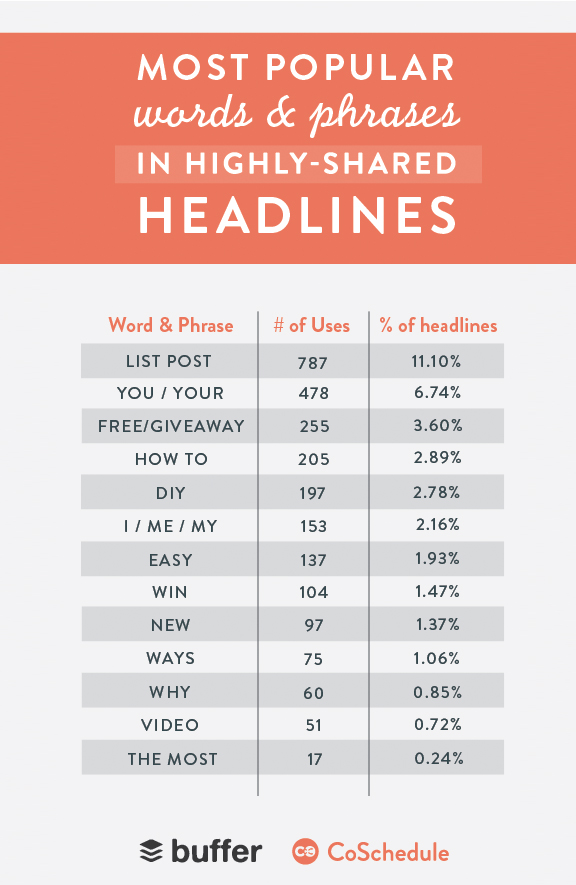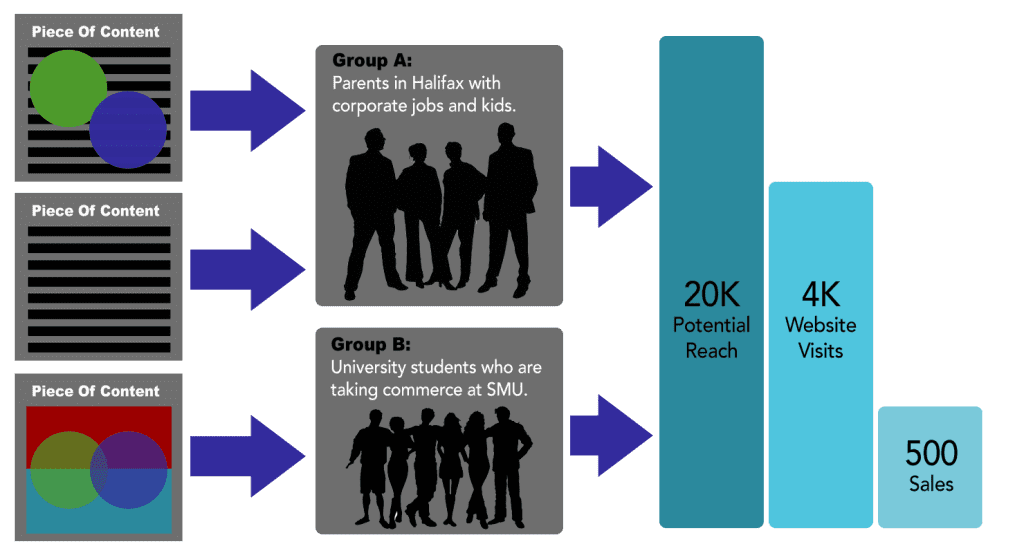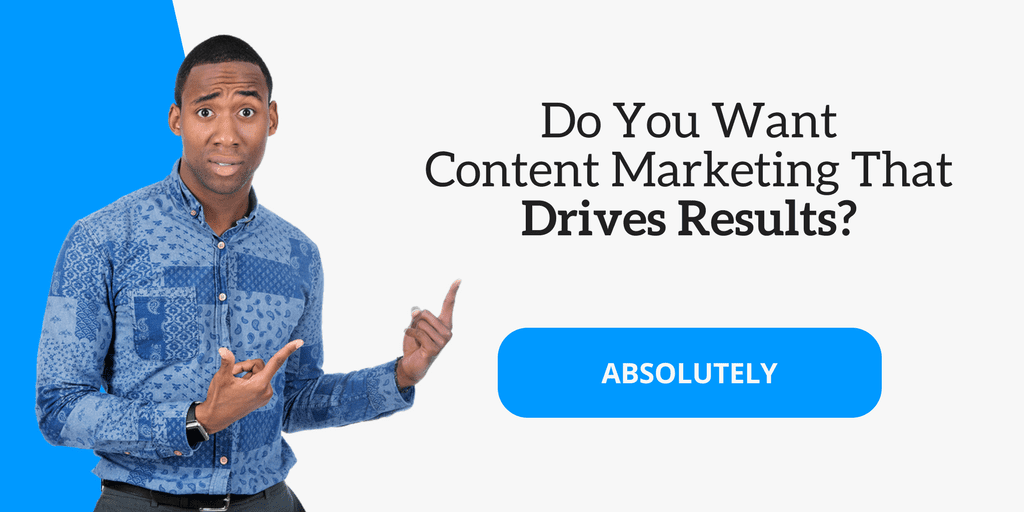Brace yourself because this is going to be a bit harsh. I’m just going to come right out and say it. For many companies, content marketing does not work. I know, shocking! Here’s the scoop – content marketing only works when you’re creating content that actually converts. You should now feel a bit of relief; there is hope for you yet.
Do you spend a lot of time and resources (both financial and human) on creating content to fulfill your content marketing strategy just to find out you’re only making small gains on that effort? If so, recognize that you’re not alone. Read on, because the answer you need is in this blog post.
Truth be told, nothing motivates me more than helping businesses course correct their content marketing strategy to one that converts and improves bottom lines. Okay, if I’m being really honest, a fine bottle of scotch and cigar can also be pretty motivating.
Really, it comes down to three simple improvements – compelling and captivating content, personalized content distribution, and optimized relationship nurturing. When you put it all together is when the magic really happens.
Lure With Compelling, Convert With Higher Value
The purpose of creating conversion content is to move your prospects further down the sales funnel by motivating them to take a specific action. Your ask might be small such as liking your post, sharing it on social media or signing up for newsletter. In B2B scenarios, it’s common to ask for a prospect’s contact information in exchange for piece of content, whether you decide to make an ebook, Slideshare deck, or guide.
The point here is not to simply solicit, but rather to welcome engagement that’s driven by satisfying the needs of your audience.To do this successfully, you need to write content that is worth clicking. Compelling content begins with a captivating headline that is ultimately built on insight surrounding the needs and motivations of your audience.
Great headlines create intrigue, grab the reader’s attention, and address solutions to relevant pain points. They promise new knowledge and excite. Here is a great study from the folks at CoSchedule and Buffer that highlight the most popular words & phrases found in highly shared headlines:
For example, a company that sells hair products for men might lure people in by writing a blog post titled Five Surprising Beauty Products Every Man Should Own. This would spark the interest of their audience and capture their attention, garnering significant clicks. From there, the reader would fall in love with the post before seeing a call to action in exchange for a piece of content with high value; something like a six-week course on Creating A Personal Style That Stands Out.
Luring your customer is only the first of many important steps in developing effective conversion content. Step two is delivering on that promise and presenting the reader with high-value content.
Keep your self-promotion to a minimum and offer content that is mostly educational, informative, and focused on solving the problems of your readers. Whether it’s a product, course or an e-book, high-value content is compelling because people naturally want to improve – it just has to be aligned with their motivations.
Personalized Content Distribution – Be Relevant
Creating great conversion content is only beneficial if someone reads it. It’s important to create content that is aligned with your target audience’s interests, but you must also strategically place it in front of them. While most things in life aren’t delivered on a silver platter, your content must be the exception.
Personalized content distribution will give you the boost you need to take your content marketing efforts to the next level and help you achieve the conversion rates that you’ve been chasing. Creating a personalized experience for your readers and customers significantly improves customer engagement and satisfaction. On top of that, it has a direct impact on your bottom line.
Here’s how it works:
Personalizing your content distribution essentially means targeting different content to different types or groups of users based on user behavior or other factors like demographic and psychographic characteristics.
Targeting works by looking at the available data related to the visitor like location, keywords they searched for, ads they clicked on, visitation and buying history. This data is then compared against a set of variables that you choose, such as location, referring URL, age, gender, interests, keyword search, and device.
For example, Facebook makes personalized distribution easy by allowing you to target your content distribution based on key events in users’ lives like an engagement, birth of a child, or purchase of a home. You can also target your reach based on user demographics such as age, income, location and interests and behaviours. This guarantees that your content appears on the news feeds of those most relevant to your story and those who are most likely to convert.
Optimize & Leverage A Compelling Autoresponder
If you’re in B2B, an autoresponder could be arguably the most important part of your business. They are used to follow up with prospects and customers, drive returning traffic to your website, and build loyalty within your audience. For B2C, autoresponders aren’t as important but they most certainly have a role in driving retention.
An autoresponder is an email campaign that automatically sends an email to a user when they give their information to you. It’s important because autoresponders nurture your relationship with a potential prospect or lead.
For example, if a customer gives you their email for an e-book, you can schedule an autoresponder campaign to automate six emails that range from a “thank you for downloading our awesome e-book” to a link to a resource mentioned in the e-book, to a specific call to action asking the user to demo or buy your product. In a nutshell, it’s lead nurturing.
Its efficacy is in guiding your leads further down the funnel. Remember that silver platter I mentioned above? An autoresponder campaign is that silver platter in action. The email auto-responder makes powerful use of the existing content you’ve already created, packages it based on relevant topics, and delivers it to targeted distribution lists.
For example, if you had a few high-traffic blog posts last month and the pop-up you created on those posts collected a list of emails for your readers, you can simply publish an e-book, guide, or collection of already existing content related to the topic of your high-traffic posts and deliver it in sequence to this targeted distribution list.
This is value delivered to the doorstep of a number of new leads. Sure, some of them will unsubscribe (not realizing their email submission would result in un-invited emails) but many of them will not.
To help you keep your list intact and solidify the conversion, personalize your autoresponder campaign. Start with the users actual first name and don’t be afraid to write a short 30-word email that simply asks the user if they have any questions about your product or e-book. This genuine personalized interaction is your golden ticket to converting leads and transforming your dead-end content marketing strategy into a conversion goldmine.
In fact, I’d love to hear from you! Do you have sure-fire tactics for creating content that converts? Leave your suggestions, experiences, and thoughts in the comments below, or connect with me anytime!



